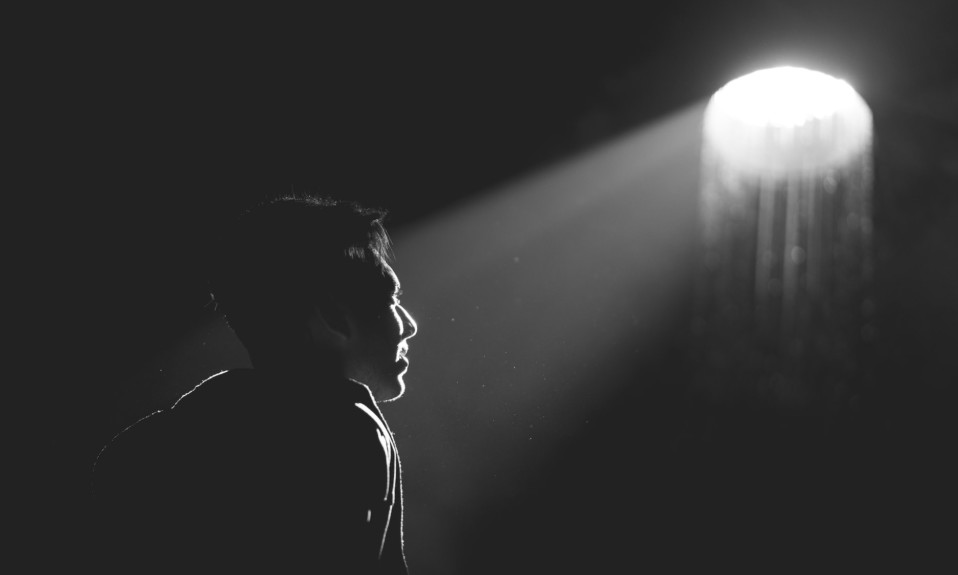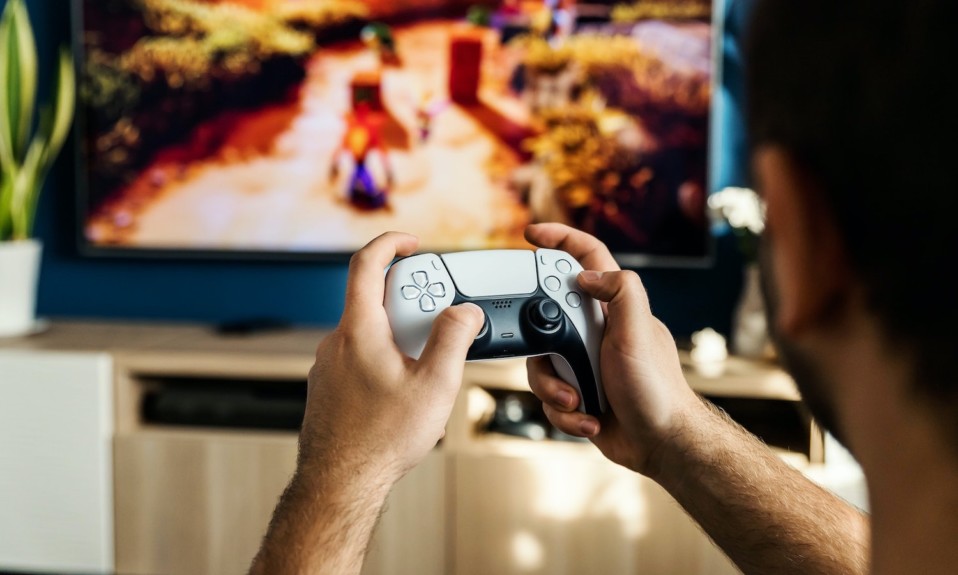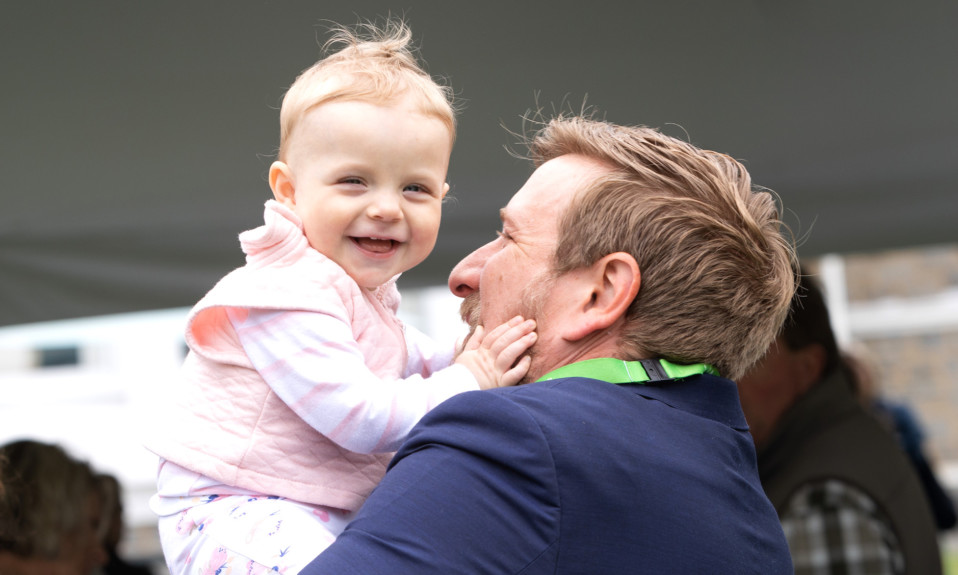Cynthia Moreno Tuohy, executive director of NAADAC, emerged from a bleak childhood and addiction to become a treatment champion
By William Wagner
If you ever wonder whether there is indeed a light at the end of the addiction tunnel, take a good long look at Cynthia Moreno Tuohy.
She’s traveled through some of life’s darkest corridors, yet here she is today—thriving in the brightest ways. The 60-something Tuohy has two well-adjusted adult children, and—oh, by the way—she’s executive director of NAADAC, the Association for Addiction Professionals. Ironically, however, she might never have attained such riches without first enduring this:
INTO THE DARKNESS
You’d be hard-pressed to draw up a beginning with less promise. A drug-addled mother who abandoned her three children when Tuohy was less than a year old. Years spent bouncing around the foster care system. Physical abuse. Sexual abuse. Suicide attempts. Her own deep-dive into drugs.
All before turning 15.
“I was a miserable child—life was not good,” Tuohy recalls. “I was abused, I was malnourished. Who would want to live? That’s how I felt. Drugs seemed like the only way to get any peace in my life. When I look back on all that today [in the context] of addiction, I think a lot of people are trying to soothe their limbic system [in the brain]. The limbic just wants to feel good, feel soothed. That’s what I think I was doing all along—trying to soothe my brain and not feel these emotions. I wanted to blank out.”
Every time life’s ultimate prize—hope—seemed to be within her grasp, it would be snatched away. One of her most vivid childhood memories isn’t of riding a rollercoaster at an amusement park on a summer day or going to a friend’s backyard birthday party or scampering downstairs early on Christmas morning. It’s of clinging to a bench in a courtroom at age 6 after a judge ruled she had to leave her grandparents’ home in Walla Walla, Wash.—the only place where she ever had found a measure of tranquility—and return to her mother, who had resurfaced and wanted her children back.
When I look back on all that today [in the context] of addiction, I think a lot of people are trying to soothe their limbic system [in the brain]. The limbic just wants to feel good.”—Cynthia Moreno Tuohy, executive director of NAADAC
“I was being pulled away from my grandparents and holding onto the bench, screaming, ‘No, I won’t go.’ I literally was dragged down the steps of the courthouse. It told me that you couldn’t trust authority. Here it looked like everything was going to be okay, but it wasn’t,” she says.
From there, her outlook grew bleaker. More bouncing around the foster care system after, as Tuohy puts it, “my mother couldn’t keep it together.” More physical abuse. More sexual abuse. More suicide attempts. More deep-dives into drugs.
As the walls continued to close in on her, she could take no more. But this time she didn’t try to blot out the pain. Instead, she crashed right through it and eventually landed on the other side.
INTO THE LIGHT
By this point, Tuohy was 14 and had run away to the safe haven of her grandparents’ home. The past, however, beckoned: She and her brother left for a month to visit their mother in Los Angeles.
“I was loaded every day,” she says of that trip. “I went down so far. When my brother and I got back from that month with my mother, I really saw that I couldn’t connect with her. Either she was loaded or I was loaded or we were both loaded. There was never going to be that connection I had hoped for.
“I told my brother, ‘Life has to change. We’re either going to keep going this way and die—or we’re going to change.’ My grandfather had done brickwork on a church down the street. I said to my brother, ‘Hey, let’s go to that church. I bet it’s good because Pop did the brickwork. He only works for good people.’ We started going to the youth group. That’s where recovery started, being with other kids who were working on their lives.”
Not that the road along the way didn’t have bumps—it always does. After having a falling out with her grandparents over her boyfriend (whom she’d later marry), she was prepared to re-enter the open foster care system. But fate intervened when the couple that ran her church group filed for an emergency foster care license. Upon moving in with them, she was introduced to something that seemed entirely bizarre: stability.
I started learning in that family how to be. What are rules? What should be normal? I didn’t know what that was. My grades started going up, and I started dreaming.”—Cynthia Moreno Tuohy
“They had two young daughters,” Tuohy remembers. “The foster father did physical education for the school district. He’d get me up at 6 in the morning to go run on the track, do sit-ups and all this stuff. Then I’d shower and have breakfast, which hadn’t happened in my life. And vitamins. Then I’d go to school. I was like, ‘My gosh, this is a crazy family I’m living with.’
“I started learning in that family how to be. What are rules? What should be normal? I didn’t know what that was. My grades started going up, and I started dreaming.”
Those dreams carried her to Washington State, where she graduated with a degree in social work. And to a job developing alcohol recovery programs. And, not incidentally, to a hole-in-the-wall bar called Relax Freely at McFeely.
“I would do outreach at McFeely,” Tuohy remembers, “even though [colleagues] would say, ‘Don’t put your energy into those people. They’re never going to get well.’ I’d go to the bar, and sit there with them and say, ‘You know, someday you’re probably going to feel like you want to do something different, and this is where I work. My mother’s addicted to drugs. I know what this does, and I don’t want you to live your life like that.’ I actually think they liked to see me since I was so sincere. It wasn’t because I was a good therapist, because I was so new. I really wanted them to have more in their life.”
PAYING IT FORWARD
Today Tuohy is an esteemed member of her field, a professional whose wise counsel is valued by her peers. She still marvels when she considers how far she has come.
“When I went to work on the East Coast for the Addiction Technology Transfer Center, we took research and put it into action to train counselors in practices like motivational interviewing, motivational enhancements and clinical supervision,” she says. “Someone on the board said to me, ‘This is amazing stuff. You need to train this to my research team.’ I was scared to death because these were all Ph.Ds, right? And they were researchers. And they were smart. And the little girl inside me was saying, ‘You’re not very smart. What do you think you’re doing?’ Those scripts take a lot of time to change. Well, I did the training for an hour and a half and lost myself in the material. They loved it and said, ‘We need to take this to the National Institute on Drug Abuse [NIDA].’”
You never want to give up on someone, because you don’t know what’s in their brain or heart. Every day, my recovery program is to wake up and give gratitude.”—Cynthia Moreno Tuohy
Eventually, she did just that, receiving a NIDA grant to write a clinical a manual for counselors on how to change the brain in recovery. And that brings us to a character named Don, one of her reclamation projects at McFeely. Don was a lost soul if there ever was one, a near-60-year-old going on 80 who had cirrhosis of the liver.
“Don got in a week of recovery, then a month, then six months,” Tuohy says. “He wound up staying in recovery for years. He opened a secondhand store, and he would hire guys and gals from McFeely to help them get into recovery. He ended up dying because, some years later, he relapsed. But look at how many people he helped. Some of them stayed in recovery and helped other people. He passed along the hope of recovery, even though the disease eventually got him.”
Addiction, however, hasn’t gotten Tuohy. And for that, she is eternally grateful.
“You never want to give up on someone, because you don’t know what’s in their brain or heart,” she says. “Every day, my recovery program is to wake up and give gratitude: ‘Thank you for another day of life. Thank you for the opportunity to make a difference in any way I can. And just help me to do my best today.’”














